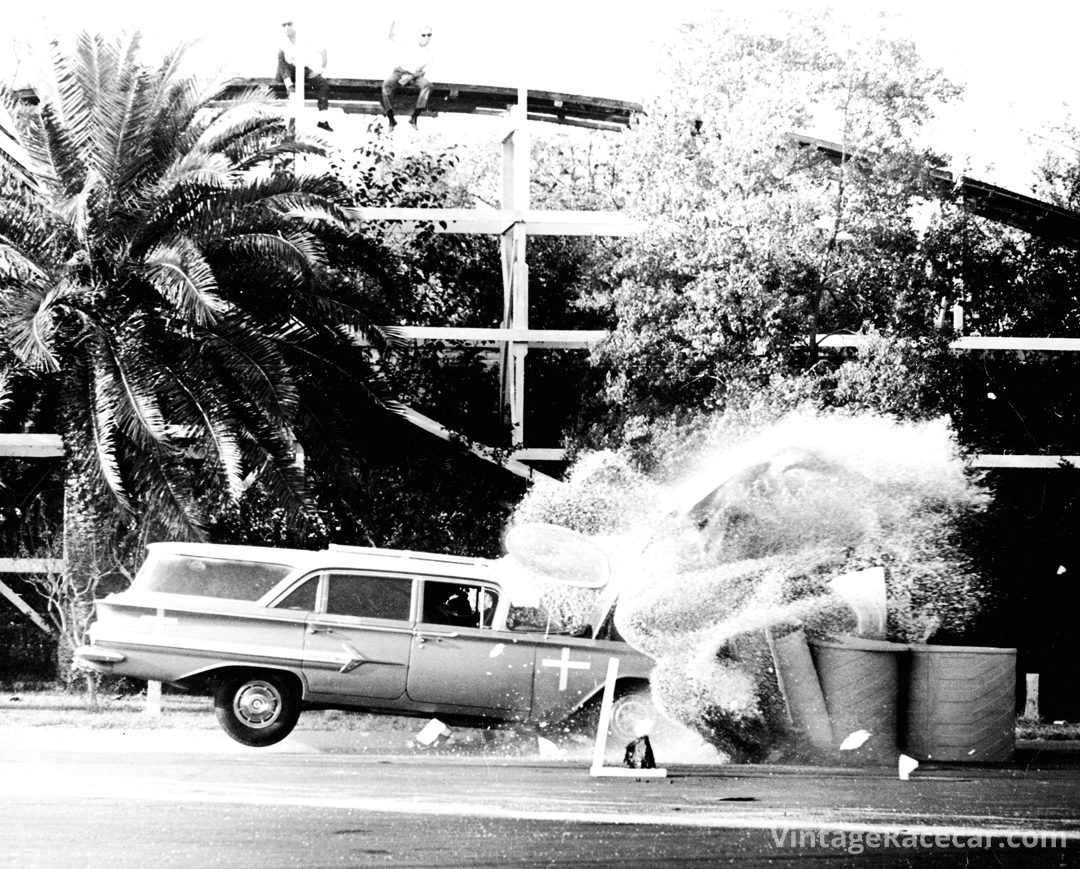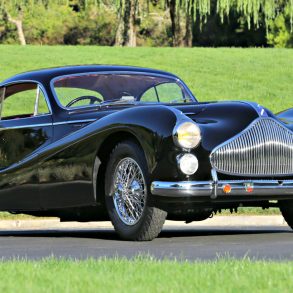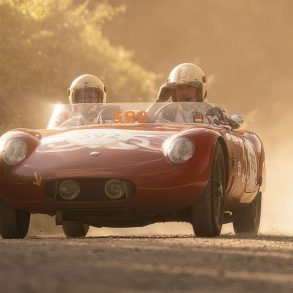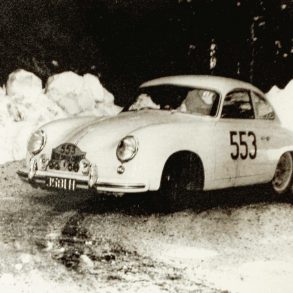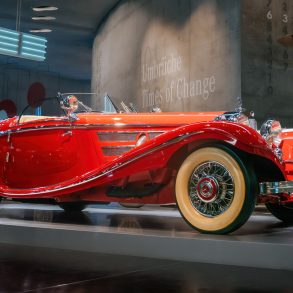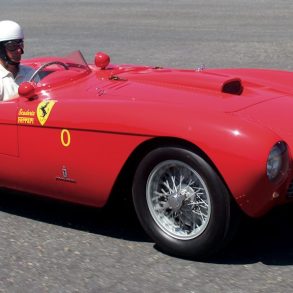Whether or not most of us realize it, a most unusual man is among us. Until the late ’50s, he was one of the very few Americans of international road racing caliber. As you read this, John Fitch is 88 years old. His life is the stuff of legend.
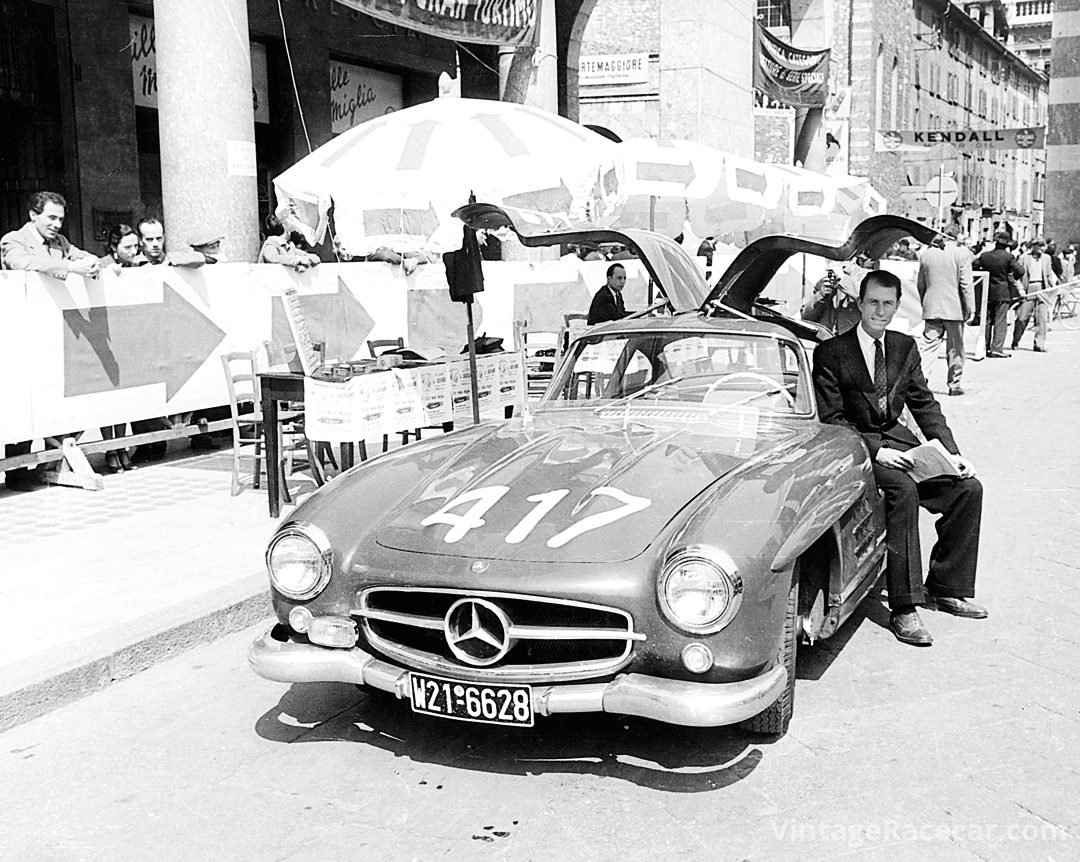
Fitch burst onto the world scene in early 1951 at “The General Peron Grand Prix.” (The first Argentine Grand Prix, for sports cars). A number of leading European teams of the time were joined by a few Americans, north and south. John wanted to come, but he didn’t own a suitable car. So he borrowed a tired Cad-Allard from his friend, Tom Cole, and won the race over faster and better equipment. The best part of the story, however, is that he was kissed by the race queen, who also happened to be the uncrowned queen of the country, one Evita Peron.
Fitch was a hero long before the ’50s. A dedicated rag sailor, during the late ’30s, he acquired a 32-foot schooner. After WWII started in Europe, German submarines lurked near our shores searching for ships to torpedo. John joined a group of small boaters the Coast Guard organized to spot and report the locations of subs.
John joined the Army in 1940. His exploits and adventures as an Air Corps pilot are legendary in and of themselves. He was among the first group of Americans to arrive in England early in 1942 and flew bombers over Europe and then North Africa, where he flew more than 100 missions. In 1944, he switched to fighters and, back in Europe, shot down an ME 262. This German jet was much faster than John’s P-51 Mustang, so bagging it was a most unusual feat.
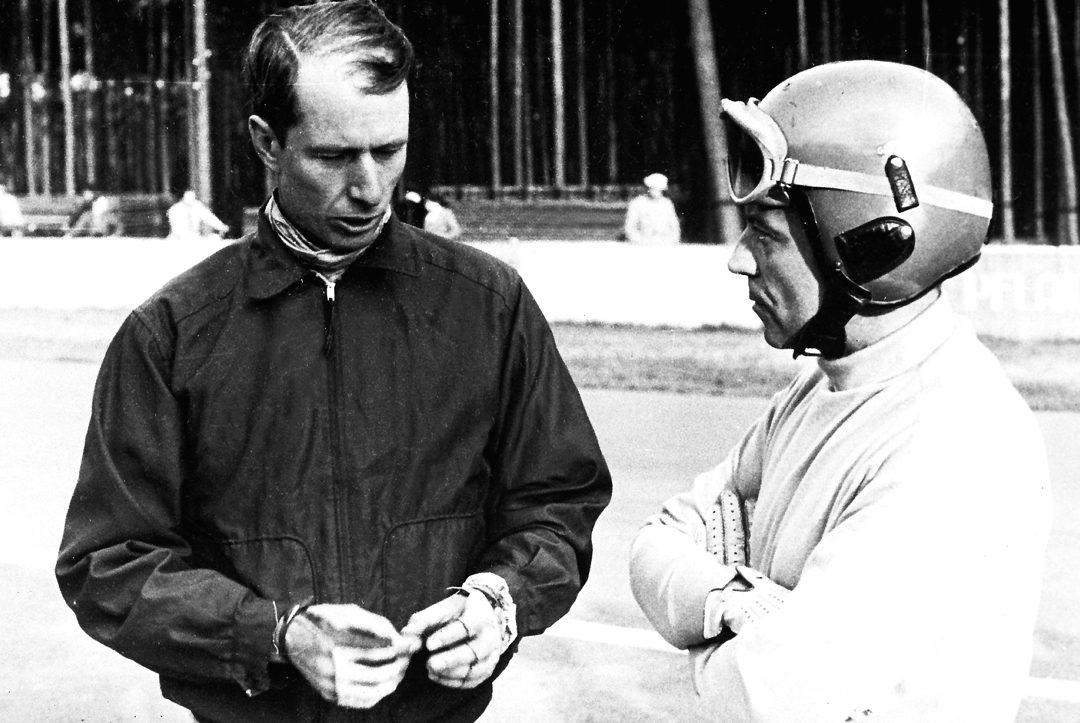
After flying more than 50 missions in the P-51, he was shot down over Germany in January 1945. He parachuted from his burning plane by stepping on the wing and jumping off. After three months in a POW camp, the American Army approached and the prison guards ran off. Since he had not been able to bathe in three months, John was eager to clean himself. While stark naked with water pouring over him, General Patton came into the shower room and liberated him personally. John was so surprised, he failed to salute.
After the war, Fitch wanted to continue flying, so he started a shuttle service in Florida with a small, twin-engine pontoon seaplane. A family who had a residential compound befriended him and he started to date the eldest daughter, Kathleen. His favorite person in the family, however, was Rose. Teddy was a little boy. Jack and Bobby were usually off somewhere. Fitch remembers father Joe flaunting his girlfriends without regard for Rose’s feelings.
Once during a party at the compound, John needed to relieve himself. Because the bathroom was in use and there was a line, he went out to the garden, found an out-of-sight bush, and proceeded to irrigate it. Much to his surprise, he found another guest, the former King of England, on the other side of the bush performing the same function!
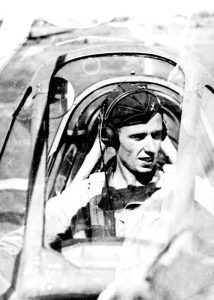
I first became aware of John in 1953 when he came to California and won the first March Field race in a Cunningham C-4R. He started out that year by winning Sebring as well as the first SCCA National Championship. His greatest year was 1955, when he was a member of the Mercedes-Benz team that, led by Fangio and Moss, won everything. John told me that he thinks his greatest drive was the Mille Miglia where he won the GT class in a production 300SL.
Originally, the factory had teamed Fitch with Denis Jenkinson as navigator. During practice, John invented a device, which he made out of wood, to hold a continuous roll of paper with a map of the course. Stirling Moss, entered in an SLR, insisted on an all-British crew. So at the last minute Jenks was teamed with Moss. Jenks took the Fitch invention with him and the German mechanics constructed one out of metal. The rest is history. Moss and Jenks won overall.
John’s 18-year racing career is the stuff of much legend, but his most significant contributions are in automotive safety. He designed the course at Lime Rock, among the safest in the world for drivers as well as spectators. Fitch’s concern with safety began at Le Mans in 1955, when he was teamed with Pierre Levegh. Before John took a turn at the wheel, Levegh was involved in what many consider to be the most horrendous racing accident ever.
If he never does anything else, John can take great satisfaction in his invention and development of Fitch Barriers. These ubiquitous barrels that line danger points on our freeways have saved countless lives. Most people assume they are just sand-filled barrels, but they are much more than that. Without going into the technology, suffice it to say John was granted a patent, which, unfortunately, has now expired so he no longer receives royalties.
John and I became acquainted when we worked together during the ’60s on advertising projects, he as driver and me as cinematographer. For many years, whenever he was in California, we sailed together on my Newport 30. Since then, we have kept in touch. Lately, I was privileged to be asked to help him with a book about some of his experiences, “Racing with Mercedes.” Low and behold, I discovered, to top off his many other talents, John Fitch is also an excellent writer. His descriptions of ’50s-era open road racing are unparalleled. Oh, by the way, he invented and developed a few cars too, but that’s another story.
